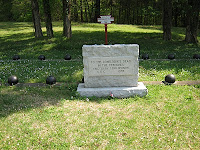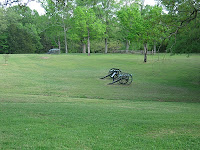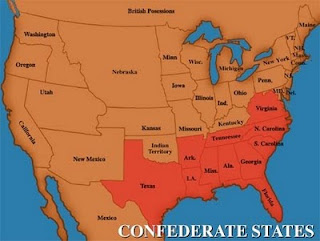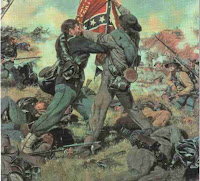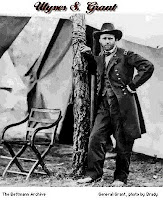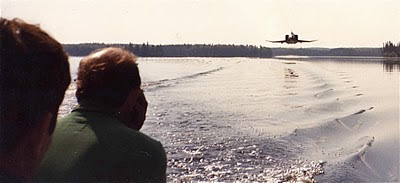
by Jean Henry Mead
After two bouts of walking pneumonia and four rounds of antibiotics, I decided to take a comprehensive course in holistic medicine. One of the first things I learned was the dangers of microwave cooking. Not only is the radiation generated by the microwave oven a health hazard, the food cooked or heated in the oven can cause disease as well as death.
Scientists in Nazi Germany developed the microwave radiomissor cooking oven during the Second World War for use in the invasion of Russia. The ovens were designed to alleviate the problem of feeding a massive amount of troops. The Russians confiscated a few of the ovens and studied the biological effects through long term research. They subsequently banned the ovens in 1976, then issued an international warning about the dangers of microwave cooking. The warnings weren’t heeded and the ban was eventually lifted due to pressure from the microwave industry.
Dr. Hans Ulrich Hertel, a currently retired Swiss food scientist, was fired for questioning the processing procedures that genetically alter food. In 1991, he and Lausanne University professor Dr. Bernard Blanc wrote a research paper concerning microwaved foods that pose health risks. The paper stated that food cooked in the ovens has cancerous effects on the blood and cause degenerative changes in the body.
Hertel not only lost his job, the Swiss Association of Dealers for Electro-apparatuses for Households and Industry forced a legal gag order on both men, preventing them from publishing their findings. Hertel was also convicted of "interfering with commerce."
That same year an Oklahoma hospital was sued for microwave-warming blood for a transfusion, which caused the death of a patient. Norma Levitt died from the transfusion because microwaving altered her blood cells.
Parents have been warned about warming baby formula in the microwave because it releases toxins from plastic bottles. And because the ovens don’t heat evenly, they cause hot spots in the milk which can seriously burn the infants, to name just a few potential health problems from drinking the milk.
Extensive studies have proven serious problems resulting from microwave cooking, including:
~Brainwave disturbances such as memory loss, ability to concentrate, suppressed emotions, headaches, frontal lobe brain shrinkage and insomnia.
~Loss of energy
~Cellular membrane and lymphatic disturbances.
~Digestion problems and stomach tumors.
~Cancer causing free radicals in the stomach and intestines.
~Loss of balance and dizziness.
~Hormonal disturbances in both men and women.
~Destruction of food nutrients, vitamins and minerals.
And more . . .
Is the convenience of quickly cooked or heated food worth the risks?
After two bouts of walking pneumonia and four rounds of antibiotics, I decided to take a comprehensive course in holistic medicine. One of the first things I learned was the dangers of microwave cooking. Not only is the radiation generated by the microwave oven a health hazard, the food cooked or heated in the oven can cause disease as well as death.
Scientists in Nazi Germany developed the microwave radiomissor cooking oven during the Second World War for use in the invasion of Russia. The ovens were designed to alleviate the problem of feeding a massive amount of troops. The Russians confiscated a few of the ovens and studied the biological effects through long term research. They subsequently banned the ovens in 1976, then issued an international warning about the dangers of microwave cooking. The warnings weren’t heeded and the ban was eventually lifted due to pressure from the microwave industry.
Dr. Hans Ulrich Hertel, a currently retired Swiss food scientist, was fired for questioning the processing procedures that genetically alter food. In 1991, he and Lausanne University professor Dr. Bernard Blanc wrote a research paper concerning microwaved foods that pose health risks. The paper stated that food cooked in the ovens has cancerous effects on the blood and cause degenerative changes in the body.
Hertel not only lost his job, the Swiss Association of Dealers for Electro-apparatuses for Households and Industry forced a legal gag order on both men, preventing them from publishing their findings. Hertel was also convicted of "interfering with commerce."
That same year an Oklahoma hospital was sued for microwave-warming blood for a transfusion, which caused the death of a patient. Norma Levitt died from the transfusion because microwaving altered her blood cells.
Parents have been warned about warming baby formula in the microwave because it releases toxins from plastic bottles. And because the ovens don’t heat evenly, they cause hot spots in the milk which can seriously burn the infants, to name just a few potential health problems from drinking the milk.
Extensive studies have proven serious problems resulting from microwave cooking, including:
~Brainwave disturbances such as memory loss, ability to concentrate, suppressed emotions, headaches, frontal lobe brain shrinkage and insomnia.
~Loss of energy
~Cellular membrane and lymphatic disturbances.
~Digestion problems and stomach tumors.
~Cancer causing free radicals in the stomach and intestines.
~Loss of balance and dizziness.
~Hormonal disturbances in both men and women.
~Destruction of food nutrients, vitamins and minerals.
And more . . .
Is the convenience of quickly cooked or heated food worth the risks?






